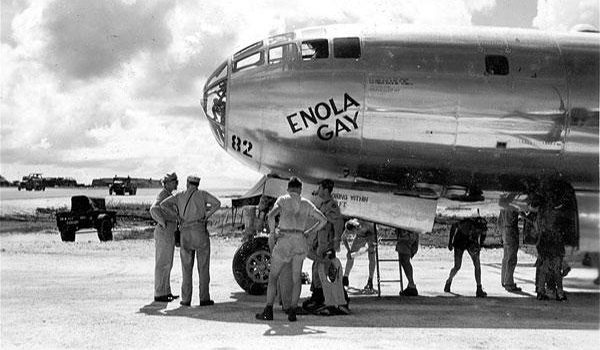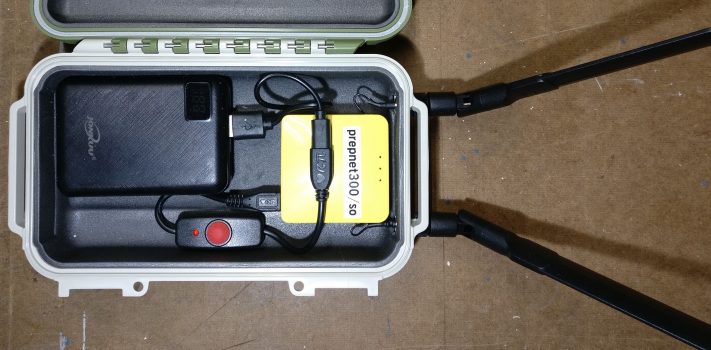Preparedness Notes for Thursday — August 6, 2020
On August 6th, 1945 at 8:16 a.m. (Japanese time), an American B-29 bomber– the Enola Gay– dropped the world’s first war-time atom bomb over the city of Hiroshima. Approximately 80,000 people were killed as a result of the blast, with another 35,000 injured. At least another 60,000 would be dead by the end of the year from the effects of the fallout. History is always written by the victors, so the reasoning and justification for this will be argued for years to come. But one thing is for sure: this action officially ushered in the nuclear age in war and …




